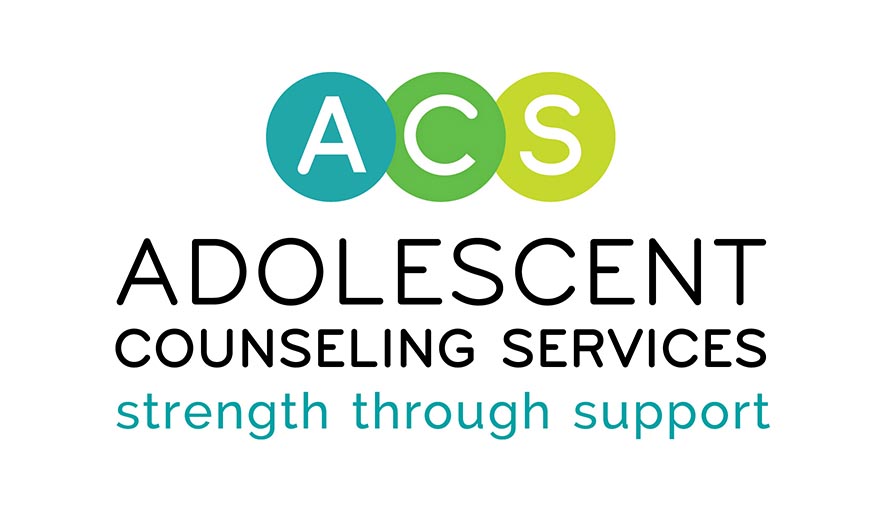
A Different Method to Coping with Stress in High School Academics
Image: CollegeDegrees360, Stressed Student
Author: Mayra Vargas, MFTI, Adolescent Substance Abuse Treatment Program
It’s not news that academics have become a stressful full-time job for teens as they compete to be the best of the best for the top colleges in the country. This may cause stress, anxiety, and/or depression due to the overwhelming feelings of trying to obtain the perfect grades, SAT scores, and the “right” extracurricular activities. With this academic stress prevalence, new research has come to light about applying new “older” methods rooted in century-old Buddhist and Hindu practices as ways to cope with stress, anxiety, and depression in high school. The article Mindfulness Training Helps teens Cope with Stress and Anxiety highlights the progress and the decrease of stress, anxiety, and/or depression when using methods like muscle relaxation, deep breathing exercises, and imagery. When these techniques are applied in school curricula or everyday practice at home, they can help improve the way teens cope with their stress, anxiety, and/or depression.
Below is an example of a guided imagery exercise provided by University of Texas Clear Lake. Guided imagery and relaxation techniques are used to visualize oneself in a relaxing and/or a positive state of mind. Often, this is difficult to achieve; it takes practice to definitively see any progress or improvement, if there is any. Guided imagery practices have to be used in a way that it becomes part of daily life; bringing it out as a tool when someone is feeling overwhelmed. One way it has been used in practice is to implement the techniques when they are not feeling overwhelmed-that way they are practicing and ready when those feelings do become an issue.
This sample practice can be completed any time, usually taking around 10-15 minutes:
The purpose of the visualization scenario is to provide you with a scene that completely absorbs your attention and distracts you away from your anxious thoughts. As you become absorbed in the scene, you will deepen your state of relaxation and will notice changes in your body. Your muscles will become less tense, your heart rate will slow, and your breathing will deepen. In this scene, you will imagine yourself floating on a cloud. Begin by finding a comfortable position either sitting or lying down in a location where you will not be interrupted. Take a deep breath through your abdomen, hold it for a few seconds, and exhale slowly. As you breathe, notice your stomach rising and your lungs filling with air. Breathe in…and out As you exhale, imagine the tension in your body being released and flowing away. Inhale… exhale. Feel your body already relaxing. As you go through each step, remember to keep breathing. Inhale…exhale Feel your body releasing all the tension, becoming relaxed, calm, peaceful. Feel the weight of your body and the limpness of your arms and legs. A wave of relaxation is flowing from your head, down to your neck, chest, back, arms, legs, and feet. Breathe in…and out. Now, imagine yourself floating on a soft fluffy white cloud. The cloud is lifting you from where you are sitting and is holding you in the air. You begin to feel lighter as you sink into the softness of the cloud. You lie there a moment and begin to notice how comfortable you are becoming. As your body relaxes into the cloud your tension melts away. Breathe in…and out.
The exercise was found at : http://prtl.uhcl.edu/portal/page/portal/COS/Self_Help_and_Handouts/Files_and_Documents/Visualization%20Exercise%20-%20Cloud.pdf
Article Sources:
http://prtl.uhcl.edu/portal/page/portal/COS/Self_Help_and_Handouts/Visualization
https://www.dartmouth.edu/~healthed/relax/downloads.html#guided
